Report: Forecasting HR Demand for Bank Tellers Analysis
VerifiedAdded on 2022/08/19
|6
|861
|18
Report
AI Summary
This report addresses the challenge of forecasting HR demand for bank tellers within a national bank context. Utilizing historical data from 2001 to 2009, the report employs ratio analysis to estimate future teller requirements, considering a projected 5% annual customer growth from 2009 to 2012. The analysis incorporates the impact of marketing strategies and a high-interest banking incentive on customer acquisition. Furthermore, the report accounts for anticipated productivity increases due to a planned training and orientation program. The report provides specific HR demand forecasts for 2010 and 2011, offering valuable insights for workforce planning and resource allocation within the banking sector. The report also touches upon the importance of employee behavior, bank location, and service quality in the banking industry. Moreover, it discusses both quantitative and qualitative techniques for forecasting human resources demand, including trend analysis and the Delphi technique. The report provides a detailed methodology and discusses factors influencing bank productivity.
1 out of 6
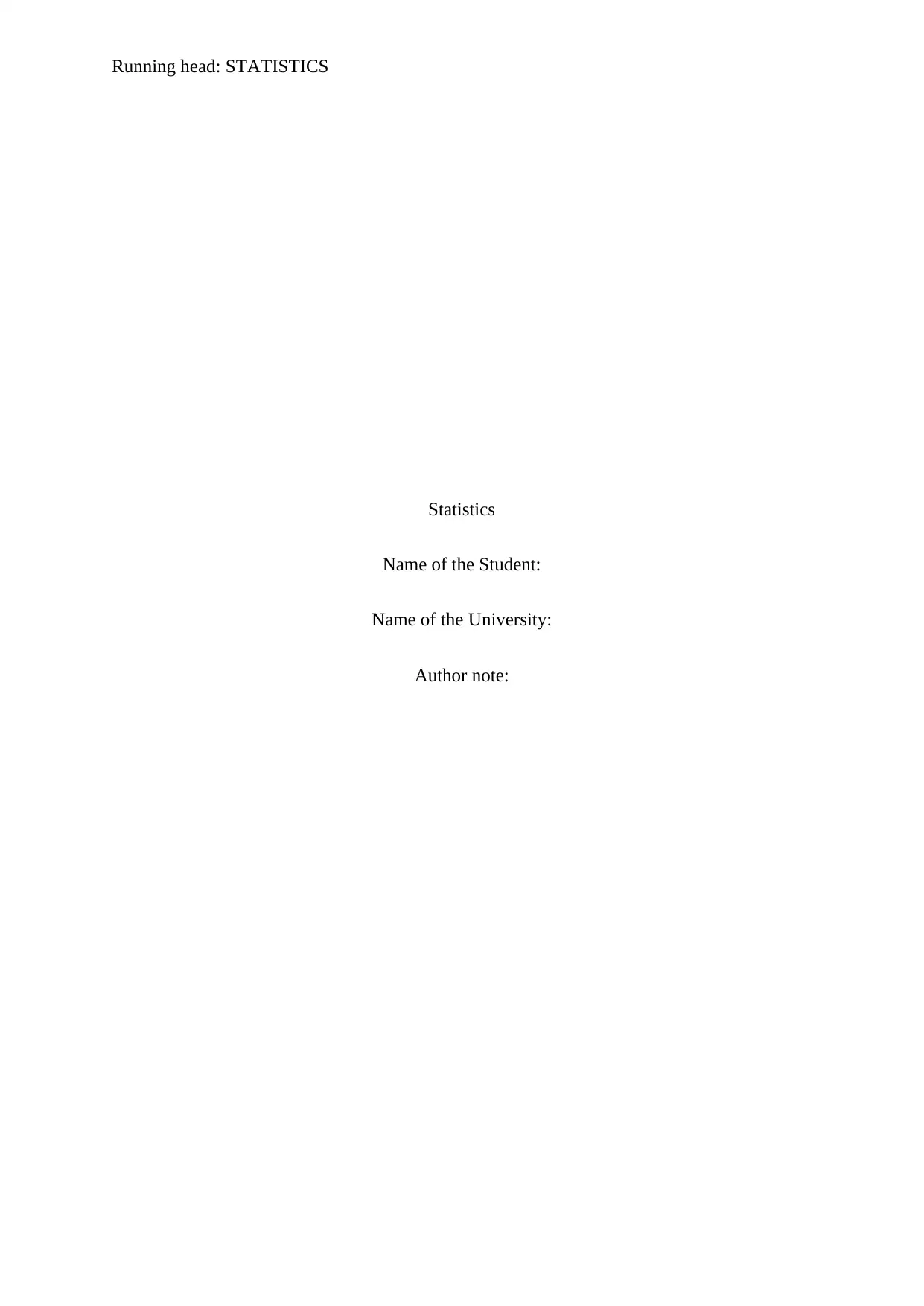
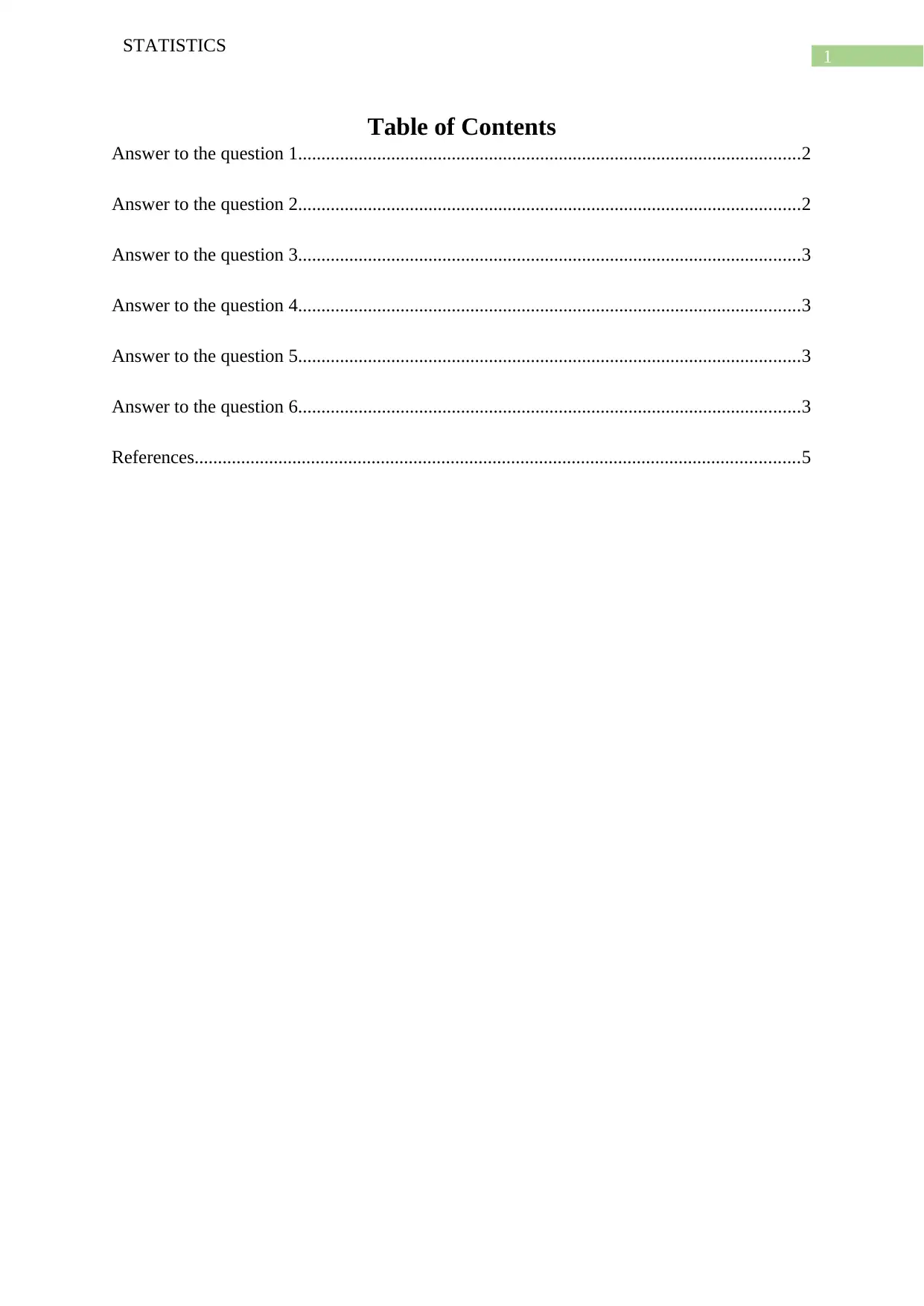
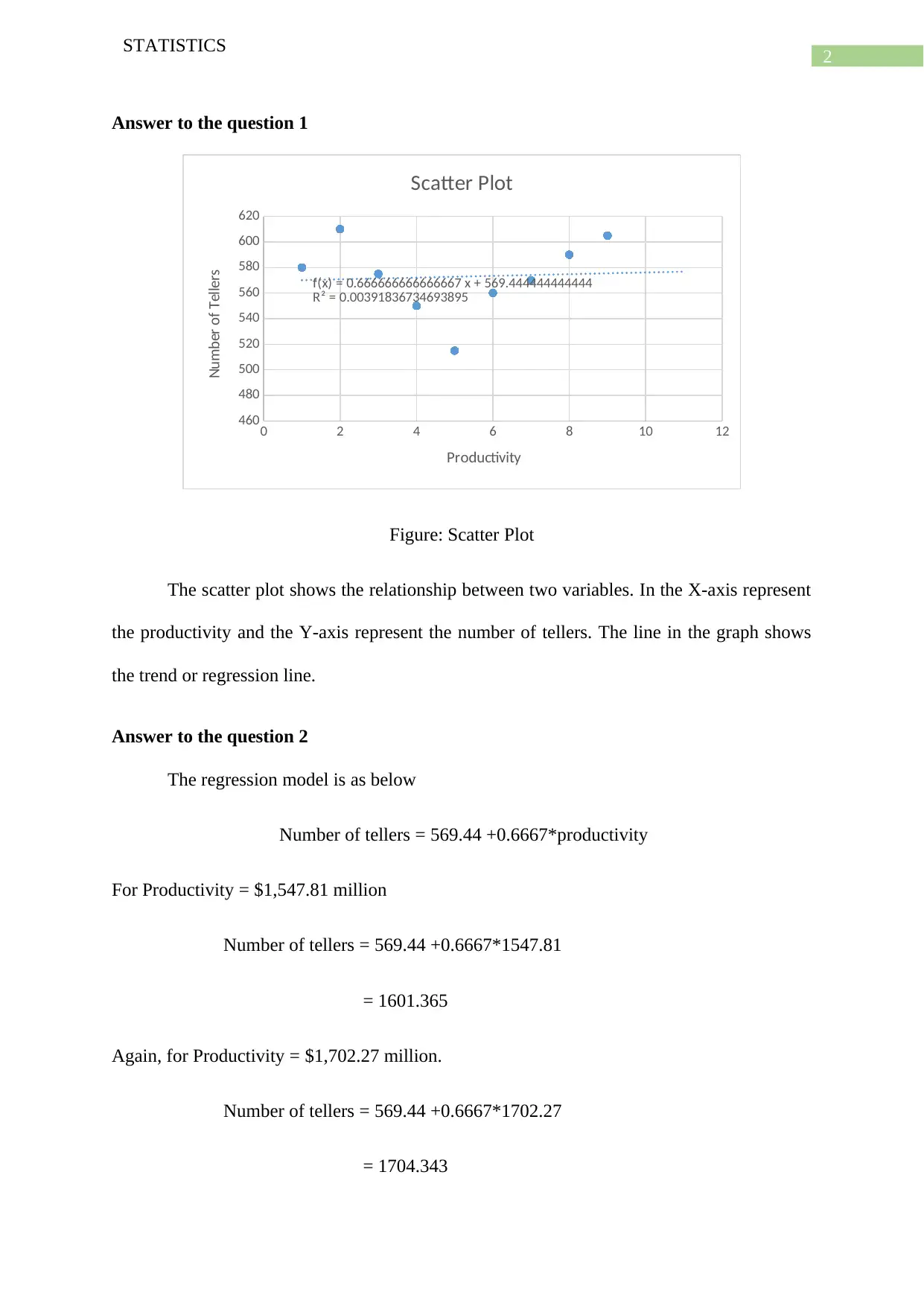

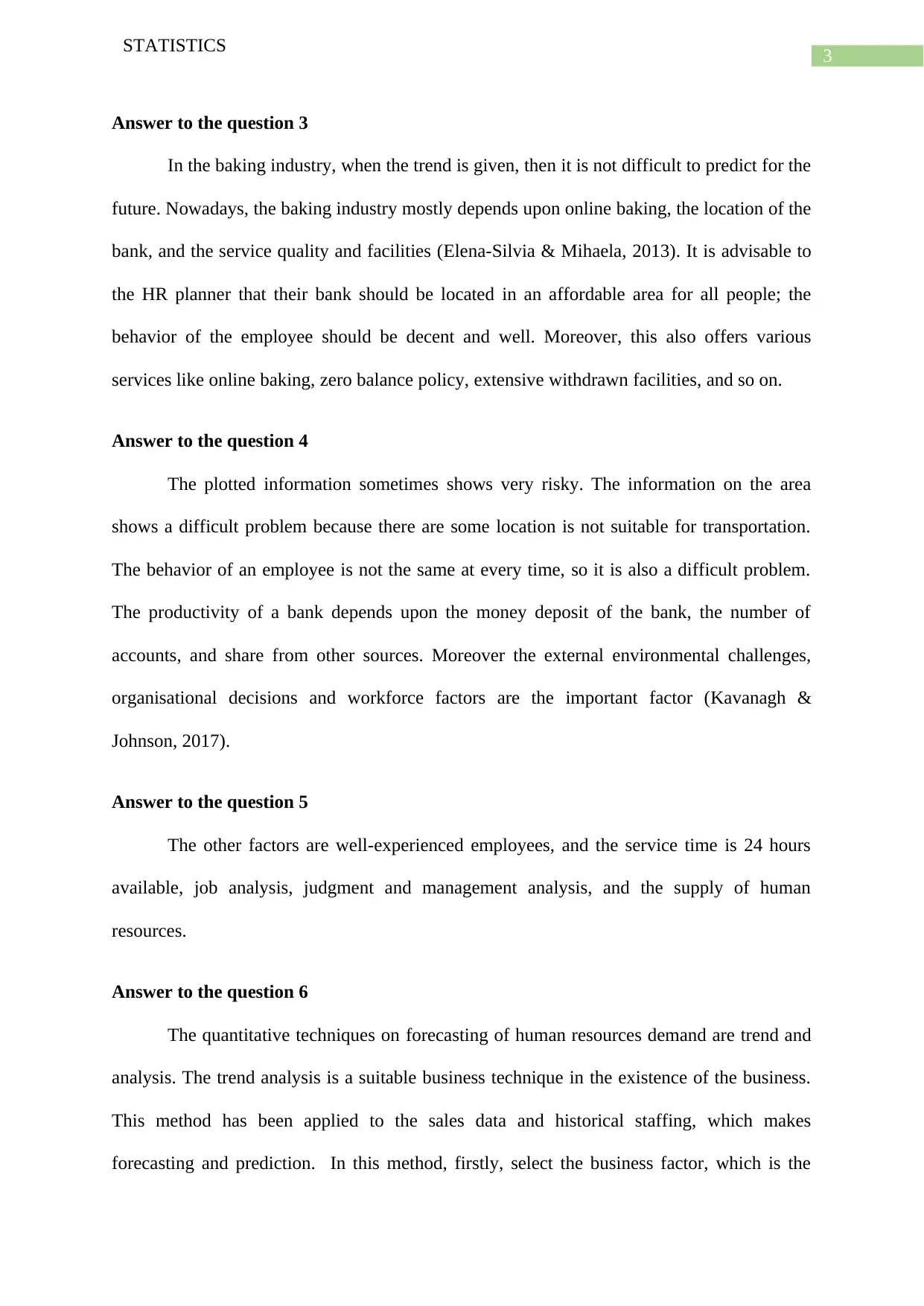
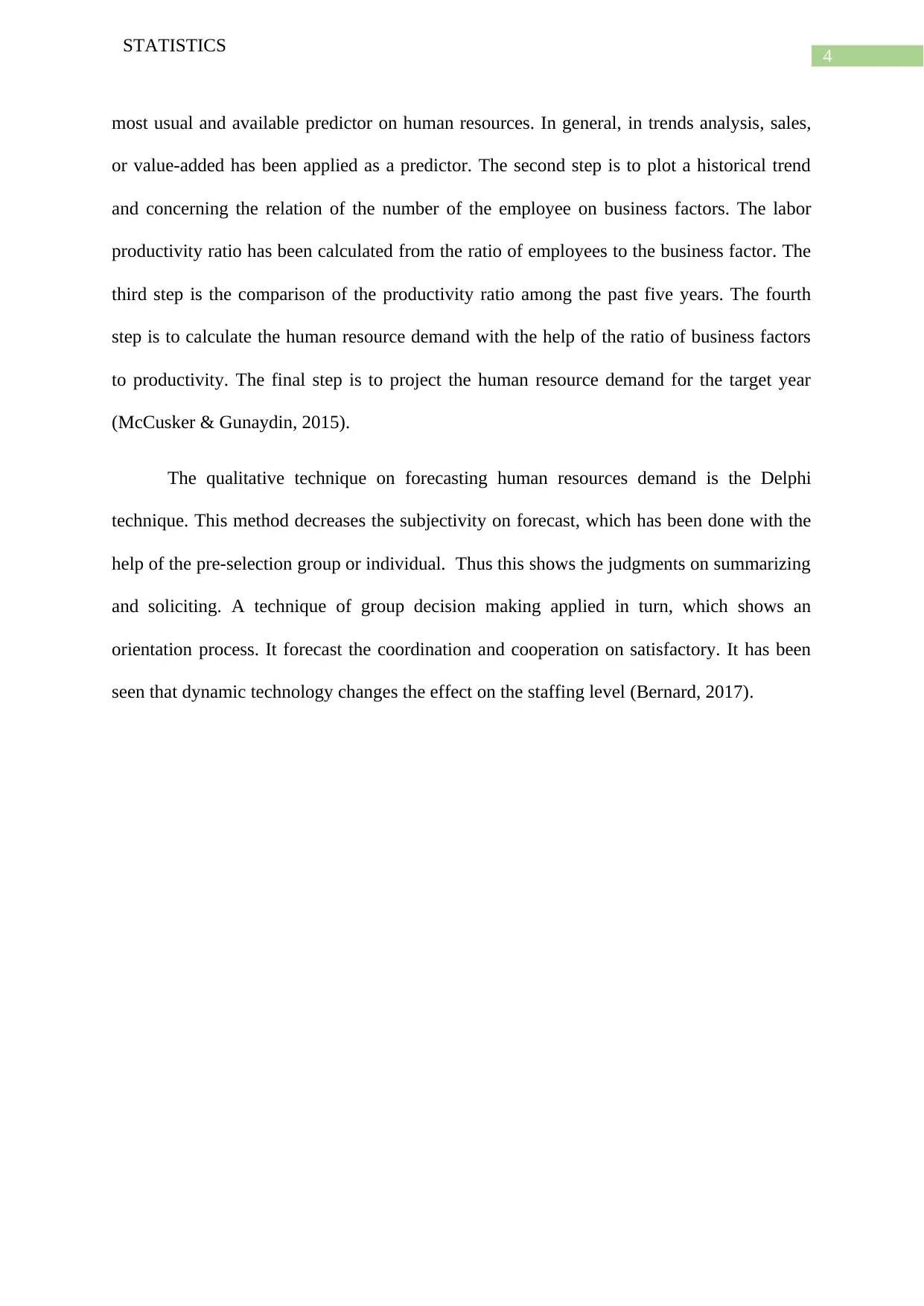
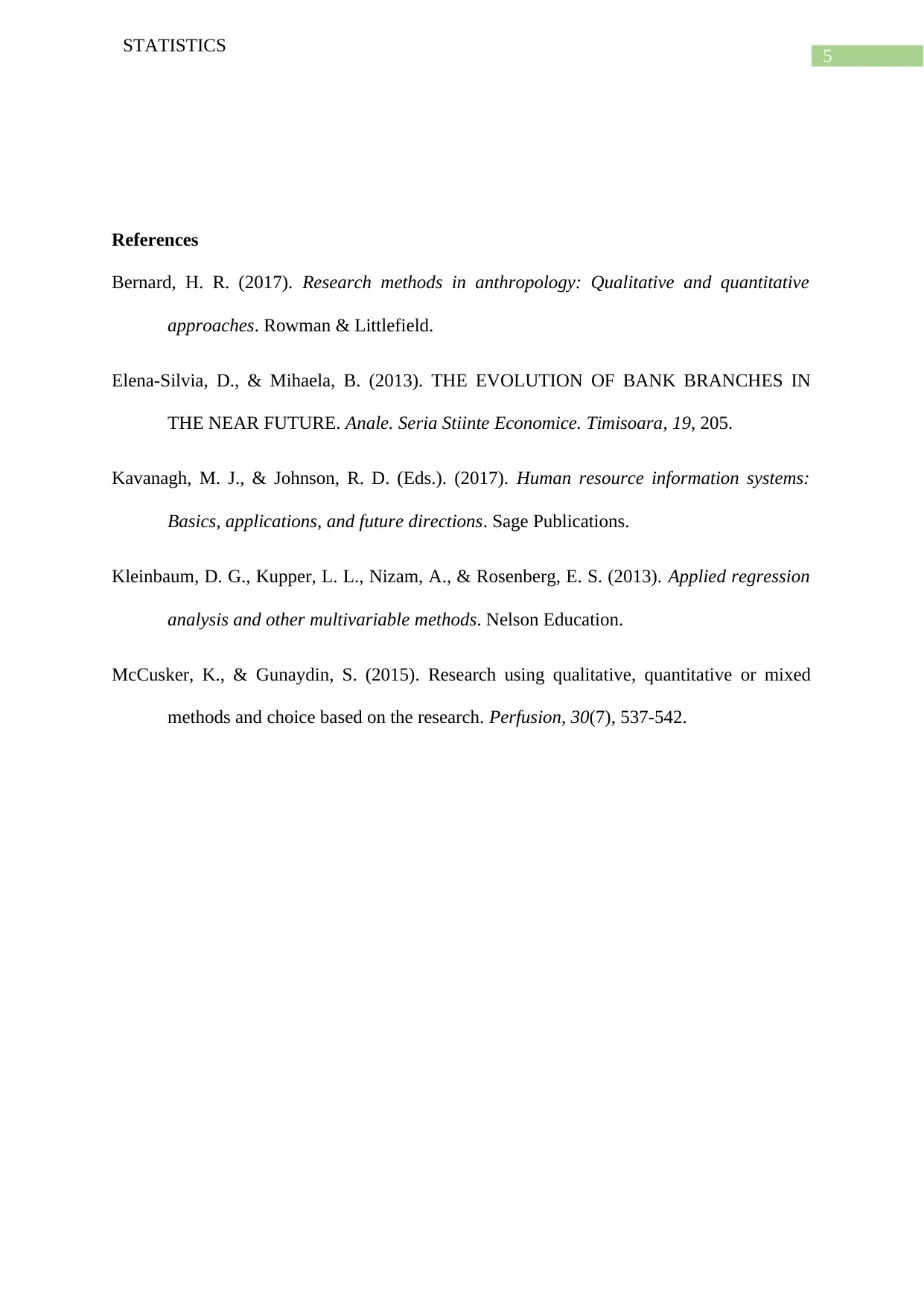
![[object Object]](/_next/static/media/star-bottom.7253800d.svg)